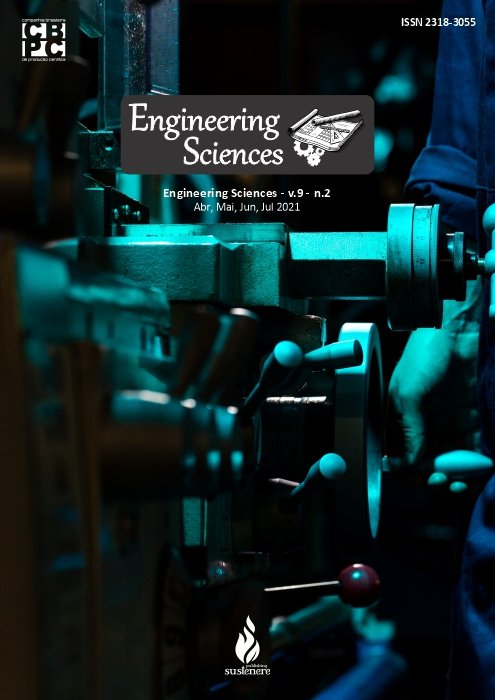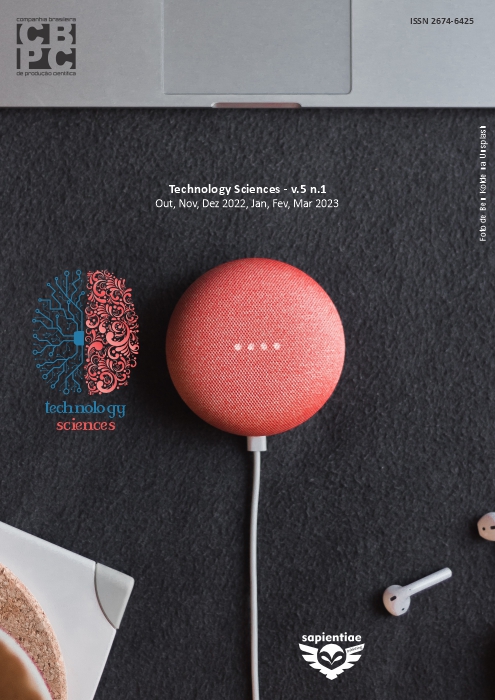Implementation of diagnosis of national urban mobility plan city National Port - Tocantins
DOI:
https://doi.org/10.6008/CBPC2318-3055.2021.002.0006Keywords:
Urban Mobility, Accessibility, Urban Mobility PlanAbstract
Urban mobility is an essential factor for the evolution of cities, and so that the population has access to basic services, such as health, education and lounge. Brazil is going through an expansive urbanization process, unplanned and disorganized way, emerging the need for displacements increasing, because with the territorial expansion of the tendency is for the population to settle in the suburban. The aims study to present results from the source and destination matrix (O/D matrix), which highlights the main generation and travel zones for the implementation of public transport by bus in the city of Porto Nacional – TO, as well as showing the opinion of its citizens on the importance of the study of urban mobility, and identify the level of satisfaction regarding the accessibility, safety and existing road marking in the city. The implementation of an opinion questionnaire on the satisfaction of the population on the urban mobility and the moving of population within the areas of origin and destination. With the data collected, the origin/destination matrix was obtained through the most comprehensive areas for the implementation of collective public transportation by bus, and graphs were prepared showing the degree of satisfaction of the population regarding urban mobility in the city. The city of Porto Nacional-TO although having more than 20.000 thousand population still does not have its Municipal Urban Mobility Plan, the lack of it entails the non-allocation of funds for investments in mobility, which is evidenced by the dissatisfaction of the interviewees. Where 66% of respondents consider it very important and necessary to the implementation of public transportation by bus and 59% would trade individual transportation by public transport if deployed.
Downloads
Downloads
Published
Issue
Section
License
Copyright (c) 2021 Engineering Sciences

This work is licensed under a Creative Commons Attribution-NonCommercial-NoDerivatives 4.0 International License.
The CBPC - Companhia Brasileira de Produção Científica (Brazil CNPJ: 11.221.422/0001-03) the material rights of the published works. The rights relate to the publication of the work anywhere in the world, including rights to renewals, expansions and dissemination of the contribution, as well as other subsidiary rights. All electronically published works may subsequently be published in printed collections under the coordination of this company and / or its partners. The authors preserve the copyright, but are not allowed to publish the contribution in another medium, printed or digital, in Portuguese or in translation.








